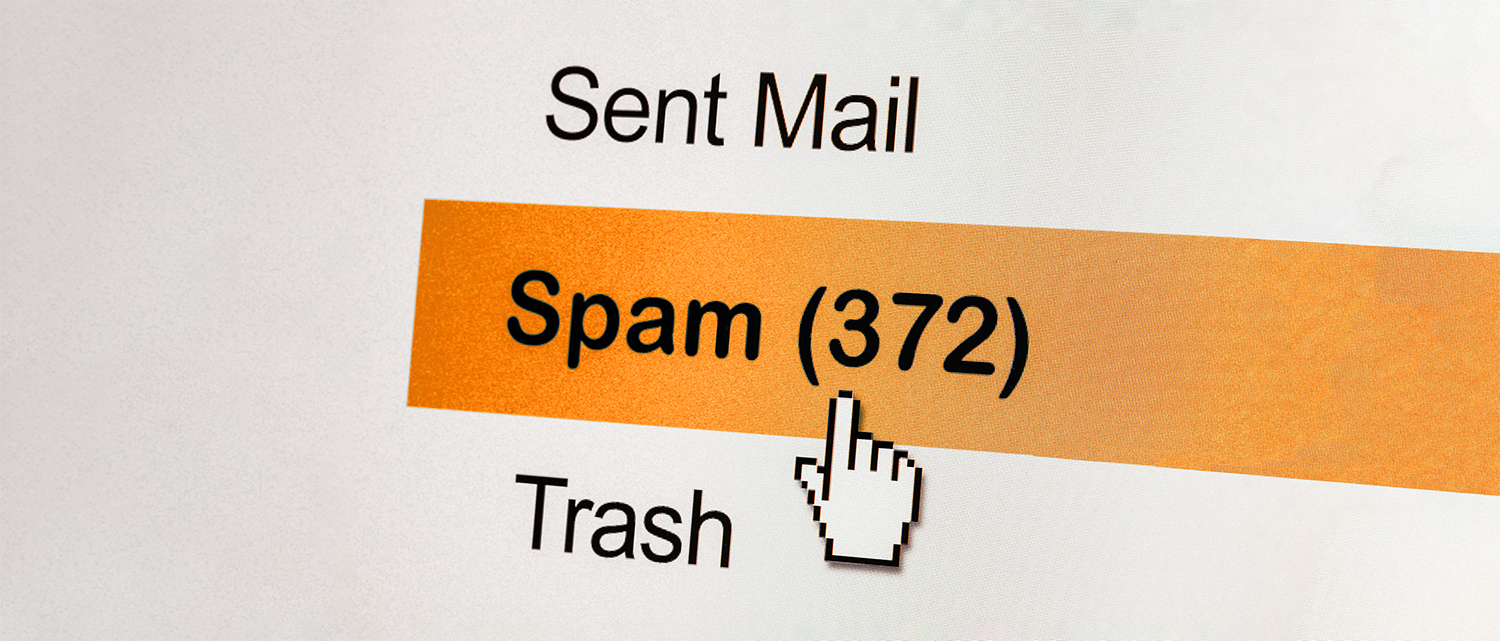
If you are anything like me, you hate receiving unwanted and annoying emails. I’ve never heard anyone say they’d like to receive more. The vast majority of SPAM is a harmless nuisance, but some of it can be downright malicious and dangerous. The cold hard fact is SPAM is inevitable. While it will never disappear completely, there are simple steps you can take to dramatically reduce SPAM & email threats and ensure a less cluttered inbox – saving you time and frustration.
Use Email filter and security software
The first step in the fight against SPAM is to deploy a reputable email filter and security software product. Here at Calyx, we use ProofPoint to protect every email account we provide, including yours. Proofpoint does a lot for you behind the scenes, but it can also become more effective if you give it a little help.
So what can you do to reduce SPAM & email threats? Instead of deleting that email from your inbox, take a quick moment to report it to Proofpoint. At the bottom of every single email you will find the following message: “This email has been scanned for spam and viruses by Proofpoint Essentials. Click here to report this email as spam.” Doing this only takes a second or two and will let ProofPoint know you don’t want to receive messages from this sender. Proofpoint will do a better job of capturing and placing those future messages from that sender in quarantine, as opposed to ending up in your inbox again. This practice will require more time upfront, but if you make it a daily habit you’ll find that you will receive less SPAM, requiring less of your time and attention.
Unsubscribe to SPAM emails
The next thing you can do is “unsubscribe” to SPAM emails. Ironically, the majority of SPAM you receive will come from a reputable marketer. Marketers must abide by the CAN-SPAM Act signed into law by President George Bush in 2003, which defines the compliance requirements for sending commercial electronic email messages, and the penalties for violators. Part of this law requires marketers to include a visible and operable mechanism to unsubscribe from their lists, and they must honor your request within 10 days. This option is usually presented as a web link at the bottom of their message, which directs to a webpage where you can manage your email preferences. If you do not see instructions to opt-out of their messages, then the sender is in direct violation of the CAN-SPAM Act.
Use an alternate email address
Another good tip is to use an alternate email address for general non-business-related online activities. I use my free Gmail account to fill out the majority of my online web forms. This will ensure your primary business email address doesn’t end up on marketing lists that can be sold or traded to other email marketers, further perpetuating the cycle of unwanted and unsolicited emails. I do not manage this alternate account, and I just consider any email received to it doesn’t require my attention.
When I do need to use my primary business email when completing an online transaction or form, I make certain to view and select all of the privacy and communication offers prior to completing the transaction. Many of these sites will sneak in automatic communications to you as part of their acceptance policy (which nobody ever really reads), so keep your eye out on what those little checkboxes mean.
Report SPAM violators
And when push comes to shove, don’t hesitate to report violators to the Federal Trade Commission (FTC). The more people report, the better informed they are to help turn the tide. If we’re lucky, they can blacklist the sender’s email servers, which renders them unable to send messages, or worse! If you ever have questions or would like guidance with SPAM, please do not hesitate to ask our support team for help. And, if you chose to follow these tips, we’d love to hear about your experience!
Reducing Spam & Email Threats Checklist:
- Use an email filter.
- Don’t ignore SPAM. Delete it and report it to ProofPoint.
- If there’s an option to opt-out, unsubscribe.
- Protect your business email address by using it for work purposes only.
- Read and select the privacy options before completing an online entry.
- Report SPAM violators to the FTC.
Valuable References:
Proofpoint Email Protection Data Sheet
Federal Trade Commission CAN-SPAM Act: A Compliance Guide For Business
Reducing Spam – Cybersecurity & Infrastructure Security Agency
